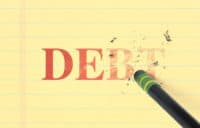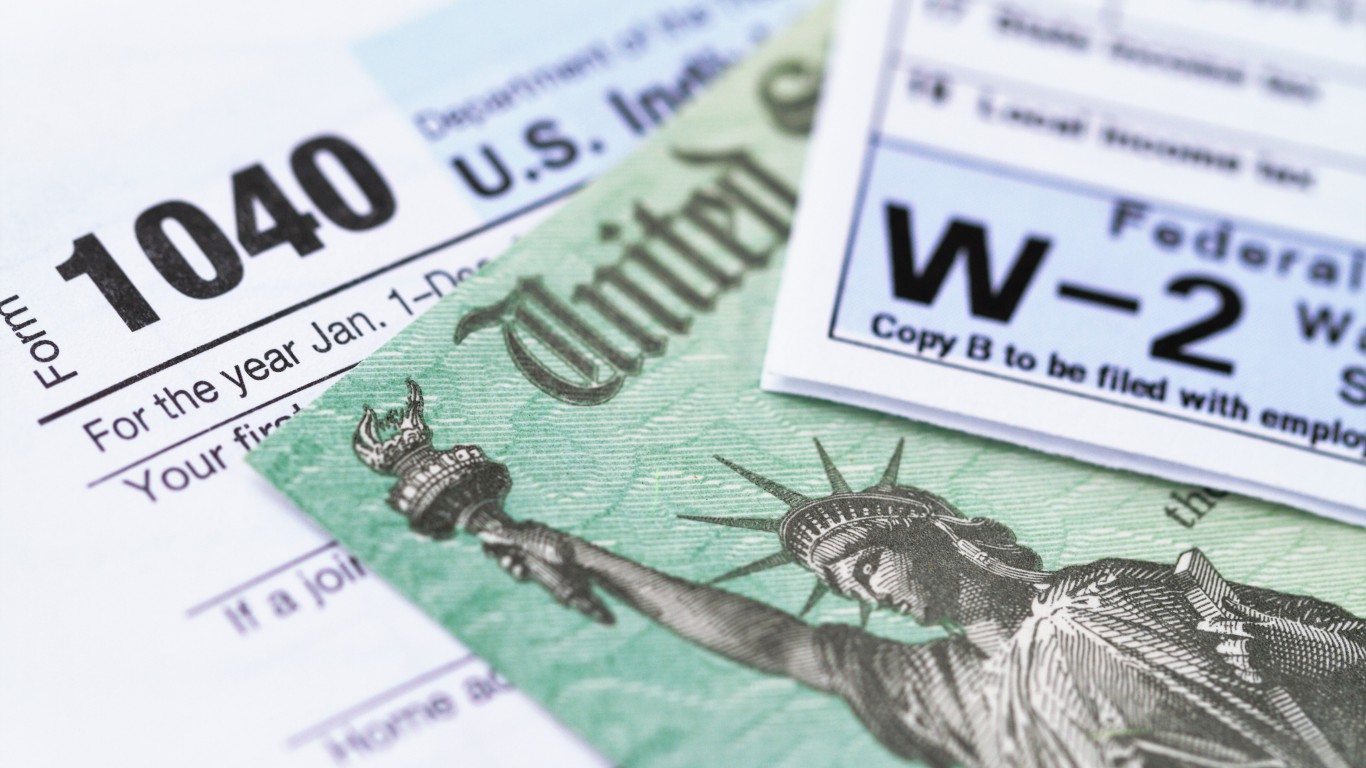 Once a quarter, the FDIC does something which seems to have little purpose. It releases its list of “problem” banks. These are institutions which face a high risk of failure because of their balance sheets and business prospects. The agency keeps a particularly watchful eye on them because it could be called on at any moment to take them over. The list for the final quarter of 2008 had 252 banks on it. This figure was up nearly 50% from the previous quarter, but given that some of the nation’s largest banks seem to be on the brink of failure, the number 252 seems unexpectedly low.
Once a quarter, the FDIC does something which seems to have little purpose. It releases its list of “problem” banks. These are institutions which face a high risk of failure because of their balance sheets and business prospects. The agency keeps a particularly watchful eye on them because it could be called on at any moment to take them over. The list for the final quarter of 2008 had 252 banks on it. This figure was up nearly 50% from the previous quarter, but given that some of the nation’s largest banks seem to be on the brink of failure, the number 252 seems unexpectedly low.
The reason that releasing the figure is without purpose is that none of the banks are mentioned by name. The FDIC’s argument is that if the public knew which institutions were in trouble, customers would withdraw money so quickly that the firms would be out of business in a day. That would put a large burden on the FDIC because it insures the deposits at each of those banks, which have combined assets of $159 billion.
When discussing the new list, FDIC Chairman Sheila Bair said she expected her agency to pay out $22 billion in insurance this year. On the back of an envelope that number would seem to indicate that the banking industry will not have such a bad year. The FDIC may not even have to go to the Treasury for the extra capital that might be needed as problem banks fail.
No matter what the agency says about its list, the actual figure for problem banks is much too low. The FDIC can claim that it historically accurate measurements, but most financial history is useless at this point. Even well-known economists grasp for examples of periods that are comparable to current conditions.
During the savings and loan crisis in the late 1980s and early 1990s, 747 banks and S&Ls failed. Taxpayers pay to protect bank customers’ money, as is true with any bank failure involving FDIC-insured deposits. A taxpayer with $100,000 of insured cash in his local bank might get lucky. If the firm goes under and his deposits are saved by the FDIC, his years of paying taxes will come back to him with a profit.
Last year, the omnipresent economist, Nouriel Roubini, told Barron’s that 1,400 banks would fail during the current economic crisis. Investment bank RBC Capital puts the figure at 1,000. Since there is no way to know how large the deposits at any of these institutions are, the amount of exposure the FDIC faces is impossible to forecast. But, it will be more than the $22 billion prediction. If 500 banks fail, which are fewer than those that failed in the S&L crisis, the figure is probably ten times that.
The reason that the FDIC is releasing any number at all remains an enigma. It may be that the agency wants taxpayers to think it is doing a good job counting heads. Chair Sheila Blair is shameless in her courting of the media. She would like to be viewed as an equal to the Fed Chairman and Secretary of the Treasury. Maybe if she appears at enough press conferences, her dream will come true.
Perhaps the main reason that people lose faith in their governments is that they believe the people in charge are either incompetent or dishonest. The average person must wonder whether anyone is in charge when the forecasts of bank failure rates are unbelievably low at the same time that the Administration is debating whether it may have to nationalize Citigroup (C) or Bank of America (BAC).
Douglas A. McIntyre
100 Million Americans Are Missing This Crucial Retirement Tool
The thought of burdening your family with a financial disaster is most Americans’ nightmare. However, recent studies show that over 100 million Americans still don’t have proper life insurance in the event they pass away.
Life insurance can bring peace of mind – ensuring your loved ones are safeguarded against unforeseen expenses and debts. With premiums often lower than expected and a variety of plans tailored to different life stages and health conditions, securing a policy is more accessible than ever.
A quick, no-obligation quote can provide valuable insight into what’s available and what might best suit your family’s needs. Life insurance is a simple step you can take today to help secure peace of mind for your loved ones tomorrow.
Click here to learn how to get a quote in just a few minutes.
Thank you for reading! Have some feedback for us?
Contact the 24/7 Wall St. editorial team.



